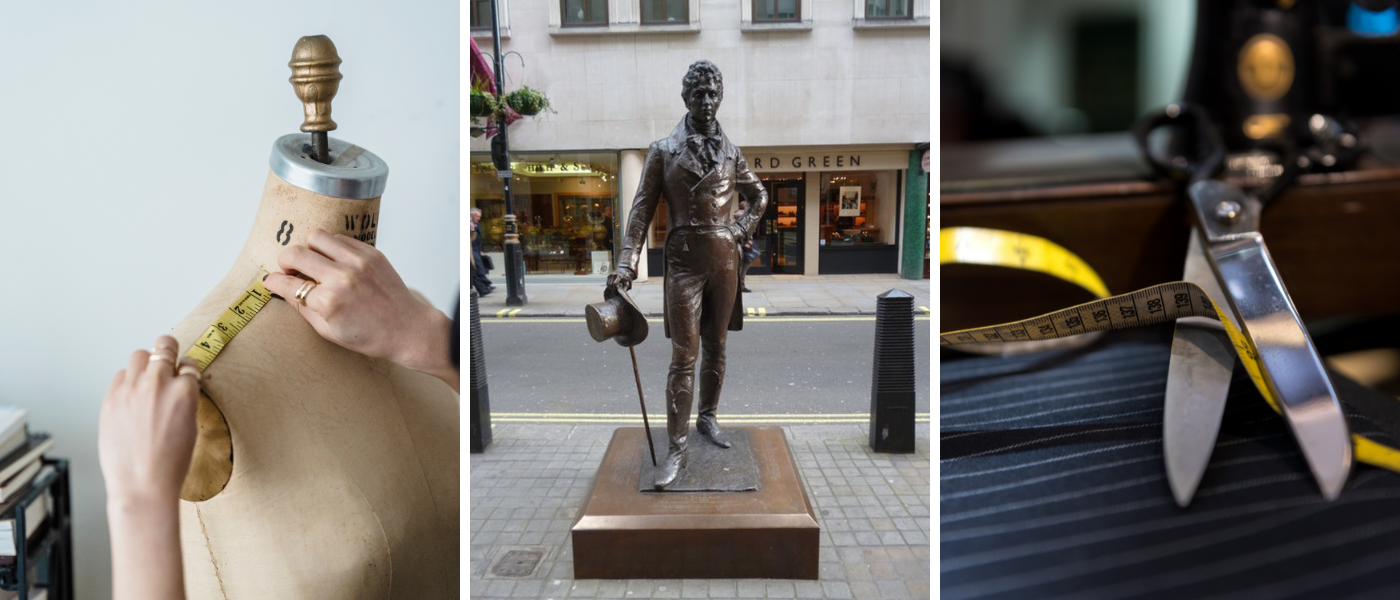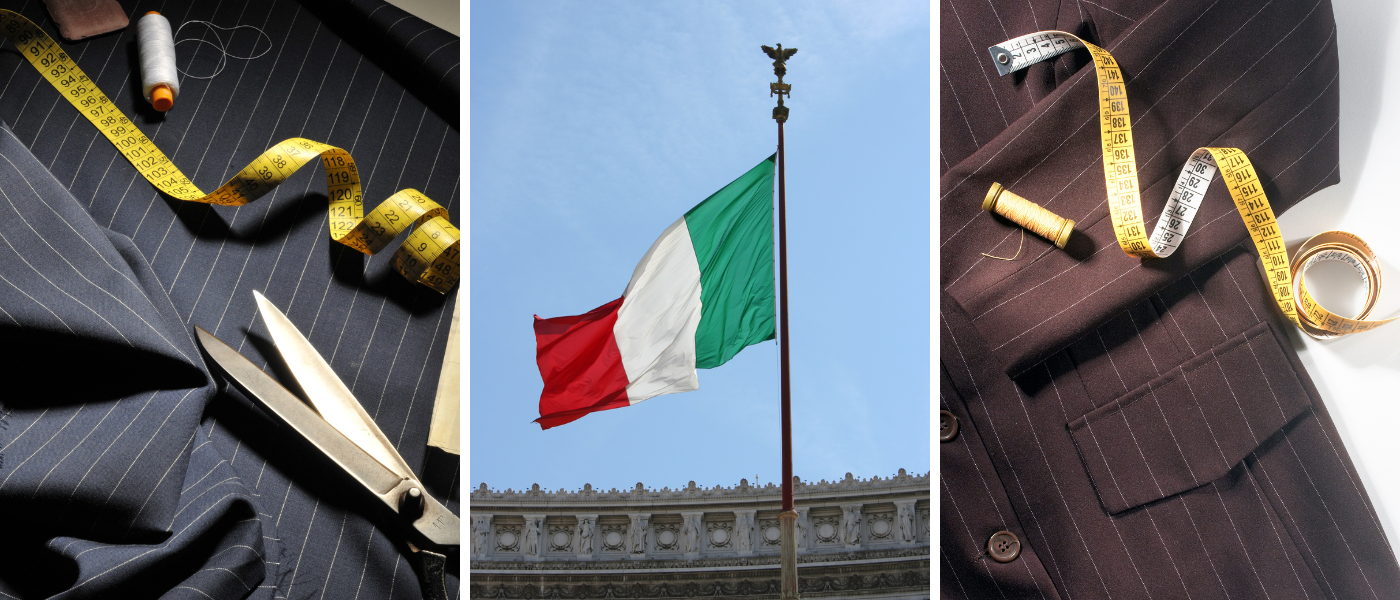Article
English vs Italian Tailoring
English and Italian tailoring are two of the most prominent and influential styles of tailoring in the world. English tailoring dates back to the 16th century and is characterized by a structured, formal style. Italian tailoring has a more recent history and is known for its relaxed, informal style and the use of lightweight, high-quality fabrics. While there are differences between the two styles, both English and Italian tailoring are renowned for their exquisite craftsmanship, attention to detail, and timeless style. Read on to find out more...
THE HISTORY OF ENGLISH TAILORING

English tailoring has a long and rich history dating back to the 16th century. The development of English tailoring began during the reign of Henry VIII, who was known for his extravagant clothing and the sumptuary laws he imposed on his subjects. Tailoring became an important profession in England, and the guilds of tailors were established to regulate the profession.
During the 17th and 18th centuries, English tailoring became more refined and sophisticated. The introduction of new fabrics such as wool and silk allowed tailors to create more intricate designs and styles. The Victorian era saw the introduction of the frock coat and the tailcoat, which became the hallmark of English tailoring.
The 20th century saw the rise of the Savile Row tailors, who are considered to be the pinnacle of English tailoring. Savile Row is a street in Mayfair, London, where the most prestigious tailors in the world are located. The tailors on Savile Row are renowned for their attention to detail, exquisite craftsmanship, and traditional tailoring techniques.
THE HISTORY OF ITALIAN TAILORING

Italian tailoring has a more recent history than English tailoring. It began in the 19th century when the Italian fashion industry began to take shape. The first Italian fashion house was established in 1854 by Giovanni Battista Giorgini. The Italian fashion industry grew rapidly in the 20th century, and Italian tailoring became renowned for its elegance and sophistication.
The Italian style of tailoring is known for its relaxed, comfortable fit and the use of lightweight, high-quality fabrics. The Italian tailoring tradition is rooted in the Neapolitan style, which is characterized by a soft shoulder, a relaxed fit, and a natural silhouette. Italian tailoring is also known for its use of bold colours, patterns, and textures.
THE DIFFERENCE BETWEEN ENGLISH AND ITALIAN TAILORING
The main difference between English and Italian tailoring is the style and fit of the garments. English tailoring is characterized by a structured, more formal style, while Italian tailoring is more relaxed and informal. English tailoring is known for its use of high-quality wool fabrics and its attention to detail, such as the use of hand-stitched buttonholes and lapel seams. Italian tailoring is known for its use of lightweight, breathable fabrics and its use of less structure and padding in the construction of the garments.
Another difference between English and Italian tailoring is the style of the suit. English suits are typically more traditional, with a single-breasted jacket and a tapered waist. Italian suits are often more flamboyant, with a double-breasted jacket and a looser, more relaxed fit. Italian tailoring is also known for its use of bold colours and patterns, while English tailoring is more conservative and often uses more subdued colours.

